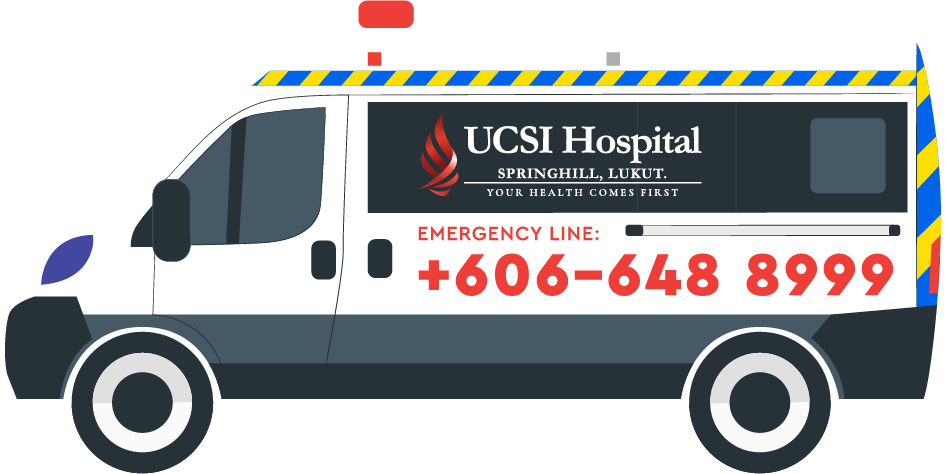
What is Sinusitis?
If you have nasal congestion, facial pressure, cough and thick nasal discharge, you may have rhinosinusitis, commonly referred to as sinusitis.
Your sinuses are hollow cavities within your cheekbones, around your eyes and behind your nose. They contain mucus, which helps to warm, moisten and filter the air you breathe. When something blocks the mucus from draining normally, an infection can occur.
What causes sinusitis?
It is worth noting that pain in the face may well be due to other causes such as tension headache, migraine, neuralgia and jaw dysfunction. The pain from sinusitis usually occurs as a result of blockage of the sinus opening. These blockages may be caused by infections, irritants, allergies or a structural abnormality.
1. Infections
Most adults will get colds and upper respiratory tract infections up to three times a year. Children get them more frequently. Bacterial infections often follow the common cold. When the mucus changes from clear to yellow or green it usually means a bacterial infection has developed. Both viral and bacterial infections cause swelling of the tissues inside the nose and thickening of the normal mucus. This slows down or even stops proper sinus drainage and infection in the sinus may ensue.
2. Irritants
Air pollution, smoke and chemical irritants, for example some sprays containing pesticides, disinfectants and household detergents, may cause swelling and blockage of the lining of the nose causing a narrowing of the drainage opening from the sinuses. This can once again lead to impairment of sinus drainage and consequent infection.
3. Allergies
Allergies can cause inflammation inside the nose. Common symptoms of an allergic reaction include nasal stuffiness, runny nose, sneezing and itchy watery eyes. Chronic sinusitis is sometimes associated with asthma. Allergies are responsible for asthma in some patients and may also cause nasal stuffiness making the asthma more difficult to control.
4. Structural problems
Occasionally structural problems within the nasal cavity can cause a narrowing. Some of these can be caused as a result of trauma while others may develop during the growth period. Occasionally the structural narrowing can be so severe that mucus builds up behind these areas of blockage giving rise to sinus infection. Pressure and pain in the sinuses (in different areas of the face or behind the eyes) are the main symptoms of sinusitis. Signs and symptoms of sinus infections depend upon the sinuses that are affected, and whether the sinus infection is acute or chronic.
Common Sinus Infection Symptoms and Signs
- Stuffy nose or congestion
- Runny nose (mucus may be yellowish or greenish in color)
- Postnasal drip
- Tooth discomfort or pain
- Loss of sense of smell
- Ear pain, pressure, or fullness
- Headache
- Bad breath
- Hearing loss
- Ringing in the ears (tinnitus)
- Facial pain, tenderness, or pressure in the area of the sinuses
- Fever
- Fatigue
- Cough
- Sore throat
Treatments for Sinusitis
The treatment approach healthcare providers recommend will largely depend on the type of sinusitis you have.
Many cases of acute sinusitis will resolve themselves within 10 days or so. Your healthcare provider might suggest what's known as watchful waiting—essentially, observing your symptoms for a couple of days to see if your body can fight off the sinus infection without prescribed treatment.5
Some cases of sinusitis will need treatment. In addition to clearing the infection, the goal with treatment is to minimize any uncomfortable symptoms you're experiencing in the meantime.

UCSI Hospital Enquiry
We will revert to you asap
UCSI Hospital Enquiry
Hey there 👋
I'm here to help, so let me know what's up and I'll be happy to find a solution 🤓

